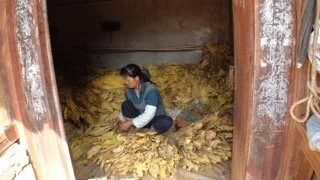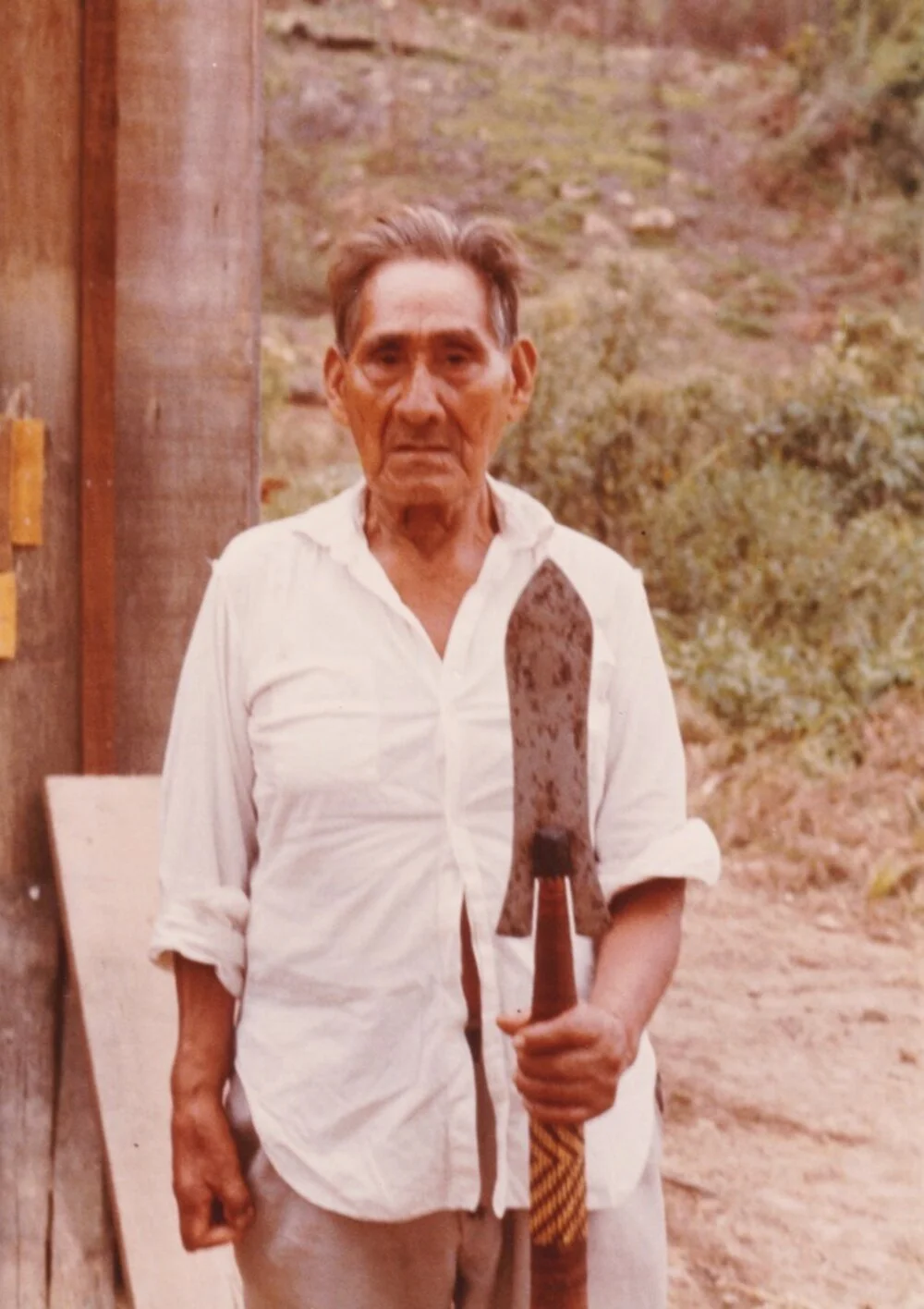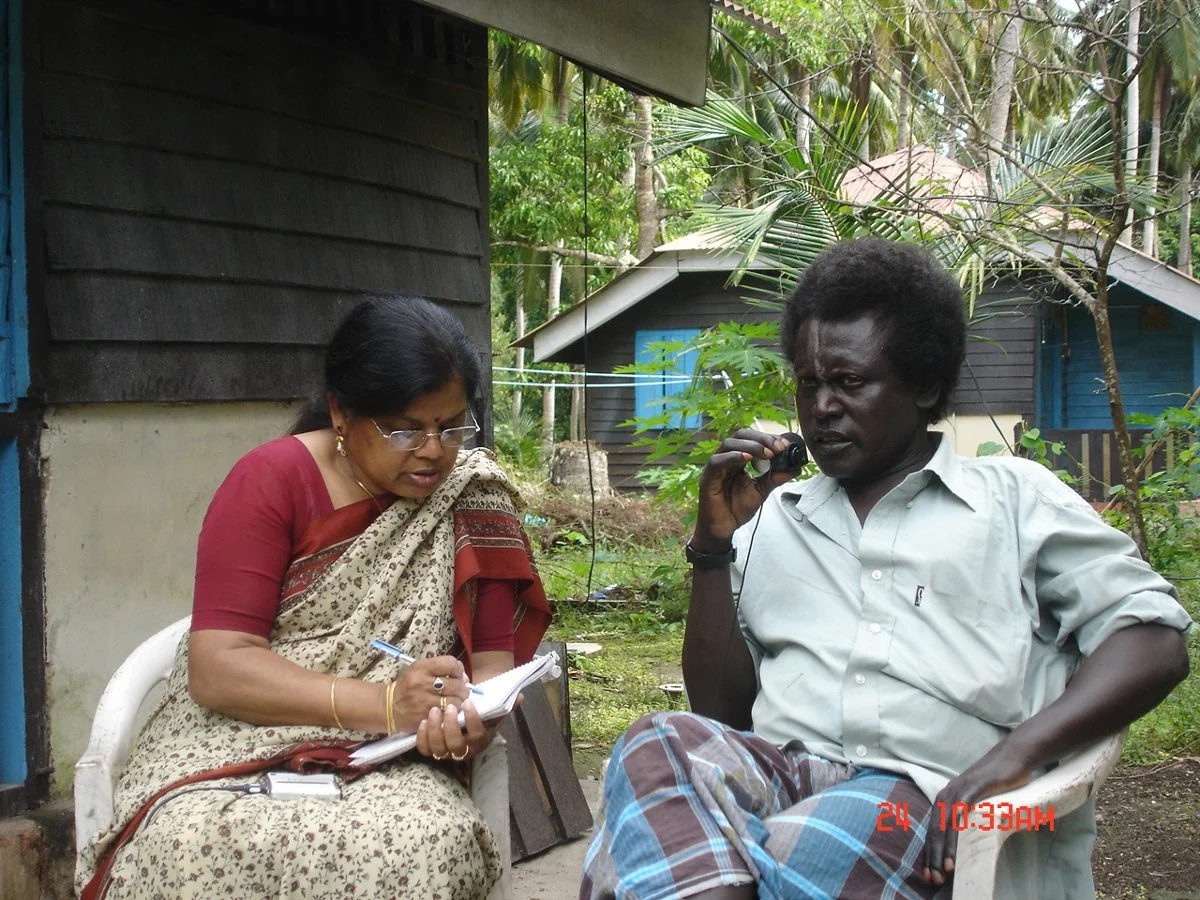STORIES
TRUNG (DULONG)
HOW TO READ THE DICTIONARY OF AN ENDANGERED LANGUAGE
August 2013
by Ross Perlin
(originally published in Harper’s Magazine, in August 2013)
The mountains and valleys of Yunnan Province, in southwest China, are closer to Bangkok than they are to Beijing. Conquered by Kublai Khan for the Chinese throne over seven centuries ago, the region remains an economic hinterland. The province is slightly larger than Germany and is home to more than 15 million non-Chinese ethnic minority groups, who speak approximately a hundred distinct languages. Among those languages is Trung (Dúlóng in Chinese), spoken by fewer than 7,000 people in a single river valley 60 miles long, hard by Yunnan’s border with Burma and Tibet. For much of the past three years, I have been documenting Trung language and culture, supported by the Endangered Languages Documentation Programme and the Himalayan Languages Project. Working first in Chinese and then haltingly in Trung, I recorded ghost stories and folksongs, studied rituals and conversations, and teased apart fine points of grammar. In 2009, I started compiling a Trung-Chinese-English dictionary together with three Trung collaborators: this is page 37 of nearly 400. The dictionary should be finished next year. It will be the first book ever written or published in the language.
The Trung once had a writing system, according to legend, until a dog chewed up the dried animal skin on which it was recorded. Other nonliterate peoples in the region tell a similar story: the dog ate our alphabet, it fell in the river, a fire consumed it—in short, we may not have a writing system right now, but we know what this reading and writing business is all about. Devising a modern writing system for Trung, we opted for a keyboard-friendly, Latin-based alphabet, adapted to match the particular characteristics of the language’s sound system. Lacking a sound like English’s “v,” we deployed that letter to represent schwa, an unstressed vowel that is widespread in Trung (and in English, where it can be the “a” in “sofa,” the “i” in “edible,” or the “u” in “campus”). Glottal stop—in English, the sound between the two syllables of “uh-oh”—is spelled with a “q,” another surplus letter; the Trung “c” is pronounced “ts” in English. Superscript numbers mark the three tones, following a common practice for minority languages in China. Using a one to five scale, the numbers indicate the pitch level and how it changes: 55 is “high level,” 53 is “high falling,” 31 is “mid falling.” Where a word has multiple meanings that are clearly related, as with dor53, the figurative follows the literal. We chose to translate into two languages to address a multitude of intended audiences: English is the lingua franca of scholars and travelers; Chinese is the language of the traders, laborers, government officials who are arriving in the area in ever-increasing numbers. Example phrases and sentences show the language in actual use, imparting context, reflecting syntax and collocations, demonstrating idioms—“to get angry” in Trung is to be “spicy in the nose,” a gentle sun shower is “the sky of the deceased,” a prayer or incantation is “ghost language.”
Surnames—now increasingly universal, a favored tool of conquerors and bureaucrats—were once a rarity among the world’s languages. The Trung, a society with little more than two degrees of separation between any two people, rely on first names, usually determined by birth order and gender. Du55, given to a fourth daughter regardless of any sons in the family, is just one of twenty names, ten for each gender. The custom of birth order naming is widespread and venerable, from ancient Rome (think of Quintus, Sextus, and Septimus) to modern-day Japan (Ichiro means “first-born”). Yet complete, living systems are unusual, and smaller families globally may spell their demise. Because China’s One Child Policy, in the modified form in which it applies to small minority groups like the Trung, allows a maximum of three children, many birth order names have all but disappeared. The next generation of Trung will likely never meet someone named Du55 or Ti55naq55 (tenth-born male). Pung55 (first-born male) and Nang55 (first-born female) are the John and Jane of Trung society, in addition to being the Adam and Eve of Trung mythology. Outside the family circle, confusion can be avoided by referencing the age of a given Pung55, home village, clan name, or another identifying characteristic (v31bai55, for instance, refers to someone born with the umbilical cord wrapped around their neck). Greater latitude in naming is gaining ground: one friend passed up Pung55 to name his first-born son Vng31gyeu53svr55 (new seed), while others, newly converted, are adopting modified Christian names (Yo55haq55, at several languages’ remove, is a derivative of John).
Traditionally, the Trung have been animists, believers in a vast, open-ended pantheon of spirits, only slightly inflected by Tibetan Buddhism. Their religious practices were effectively banned after the Chinese government consolidated its control of the region in 1949. During the Cultural Revolution, Chinese authorities pressured animist shamans to publically recant their beliefs, driving many to suicide, silence, or Burmese exile. Recently evangelical Protestantism has come to the valley, spread by the zealous pastors of neighboring minority groups. Temperance is the sternest of their injunctions: most Trung men are heavy drinkers and smokers, but the local churches, most of them little more than log cabins, admit nonsmoking teetotalers only. At charismatic multilingual church services, Trung pastors must translate from their Chinese-language Bibles on the fly; they are eager for the day when holy scripture will speak their mother tongue. Even the world’s most translated book, according to United Bible Societies, has only been rendered in its entirety into 469 of the world’s nearly 7,000 languages. Trung is not yet among them, but a group of local Christians are working to ensure that at least a partial Bible translation will follow close on the heels of the dictionary. Chinese authorities, who are generally indifferent to the dictionary and to the Trung language in general, keep a wary eye on conversions, and actively recruit the most promising young Trung into the Communist Party, where no Christians are allowed. (Nationwide, the Party has over 80 million members, including several hundred Trung.)
The quiet dispute between Christians and Communists, which now splits families, villages, and clans, has consequences for the dictionary as well. Whose society and whose values should be reflected in the entries selected and the example sentences, those of the church or those of the Party village committee? And what about the last of the traditionalists, with their half-remembered spirits and nearly vanished rites?
“The place where the deer appeared”—the names of Trung villages, many ending in dvm55, often recall the original impulse of settlement. Hunters are said to have arrived first in search of game and decided to stay when they saw how well the corn grew. (Corn and potatoes are staple crops, deemed ancient: a sign of how deeply these New World imports penetrated the most remote corners of Eurasia back when little else did.) Shv31wa55tvng55 today, like most Trung villages, numbers fewer than one hundred people, who eke out an existence from farming, occasional work outside the valley, and state welfare (sacks of rice and, starting in recent years, meager allotments of cash). The traditional Trung means of subsistence—slash-and-burn agriculture, logging, and hunting—are now banned, at least in theory, in the name of environmental protection: the entire valley is the equivalent of a national park, though tourists are still rare. Overriding dozens of ancient Trung place names in the name of administrative convenience, Chinese officials have divided the valley into four townships: First Township, Second Township, and so on. The first road connecting the valley to the rest of the world opened in 1999; fewer than 100 miles long, it took longer to build than most of the country’s high-speed rail lines. The valley remains inaccessible most of the winter, snowed in, and travel between villages is still done largely on foot: small wonder that the Trung dialects of two neighboring townships can differ as much as British and American English. The long-term prospects for places like Shv31wa55tvng55 remain unclear, but change is accelerating. On my most recent visit, I saw brand-new blue roofs, made of corrugated iron, on most of the houses—the government had rebuilt them to showcase its “New Socialist Countryside” policy. The administrative center of the valley is growing into a proper frontier town, with one partially paved street, boarding houses for migrant laborers, a seedy pool room, and a few stores selling instant noodles, Mekong River beer, and hardware supplies. Han Chinese border guards, lonely and isolated, play pick-up basketball against some of the locals (basketball and pool are the two favored sports of rural China). There is even an occasional, makeshift “disco,” which began innocently enough but now harbors familiar scourges: drugs, prostitution, and HIV. I sat there once with my Trung friend and collaborator Mvng55 Ji55song55, shouting over a surreal mix of Tibetan, Burmese, and Chinese hits—he was choosing between the Party (his best chance of finding work) and conversion to Christianity, following his wife.
Unwritten and virtually unstudied, half the world’s languages have fewer than 10,000 speakers: few are likely to survive beyond this century. Among the Trung, the pressure to switch to Chinese is mounting: the influx o outsiders, the Chinese-geared education system, mass media, and the imperative to find work beyond the valle all demand it. What linguists call verbal art—storytelling, ritual language, eloquent speech, riddles, jokes, and so on—is disappearing fast, as are grammatical nuances, terms for flora and fauna unknown to science, and words like shvm53 “smooth torrent (in a river)”, wak55tu55 “confluence of a tributary with its parent river” and shong-31met55ni55 “the fifth day after today.” With enough paraphrasing and loanwords, any language can express anything, but the existence of precise, single terms reveals the deep priorities of a language’s speakers. “Languages differ essentially in what they must convey and not in what they may convey” is how the Russian linguist Roman Jakobson phrased it. The Trung dictionary project strives to capture and record these intricacies, however imperfectly, building a bridge between the language and the wider world that now threatens to subsume it. If nothing else, it makes Trung the equal of Chinese and English on the printed page, visible and palpable for the first time, giving speakers a shock of recognition and a surge of pride. To use the dictionary (whether in print, online, or eventually on a cell phone), the Trung will have to learn and embrace the orthography. Will the language ever be seen on signs, taught in classrooms, broadcast in the local media, represented in cyberspace? These possibilities still seem remote, although our audio and video recordings, together with the dictionary, photographs, and other materials, are now the nucleus of a small archive, half toolkit and half resource for future students. Although a negligible bulwark against the expansion of Chinese, it stands as a record of how men and women spoke in one valley, a finger dipped in the flux of language.
CONTINUE READING STORIES


















